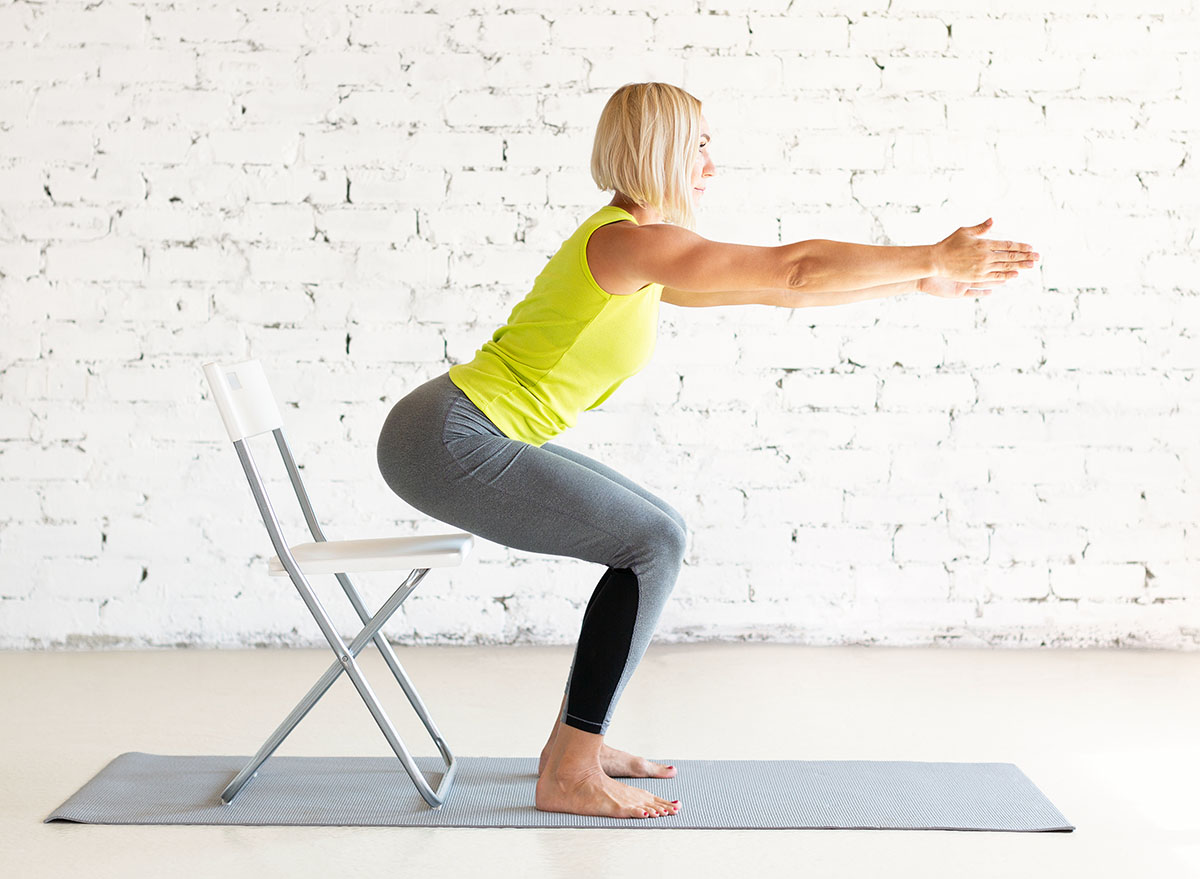4 Bodyweight Moves That Build Strength Faster Than Gym Workouts After 60

You don’t need machines or heavy weights to stay strong after 60. In fact, the smartest training comes from using your own body. Bodyweight exercises activate multiple muscle groups at once, challenging strength, balance, and mobility in ways that machines rarely match. They keep your joints healthy, your coordination sharp, and your strength practical, ready for real life.
The key lies in control. When you move with intention, your muscles fire together, stabilizers engage, and you build the kind of total-body strength that supports everything from climbing stairs to carrying groceries. Bodyweight training builds not just muscle mass, but also endurance and resilience, both of which decline naturally with age if not trained. These movements push back against that loss.
Each of the following exercises targets strength in the muscles you use daily, your legs, arms, and core, while improving balance and coordination. Done consistently, they’ll help you move with more confidence and power. Think of this as your no-equipment routine for keeping strength that feels ageless.
Squat to Chair
The squat builds foundational strength in your legs, hips, and glutes, the muscles responsible for power, posture, and stability. This movement mimics sitting and standing, making it directly useful for daily life. It strengthens your lower body while training coordination and balance through a full range of motion. Over time, it restores mobility and confidence in your knees and hips.
How to Do It:
- Stand in front of a sturdy chair with feet shoulder-width apart.
- Push your hips back and bend your knees to lower yourself toward the chair.
- Lightly touch the seat, then press through your heels to return to standing.
- Keep your chest lifted and perform 10–12 slow, controlled reps.
Wall Push-Up
This upper-body move builds strength in your chest, shoulders, and triceps without the strain of traditional push-ups. It’s easy on the joints but still challenges the core and arms with every rep. The controlled motion develops both stability and endurance while teaching your body to move as a unit. You’ll feel your upper body tighten and strengthen through consistent effort.
How to Do It:
- Stand facing a wall, arms extended at shoulder height.
- Place your hands slightly wider than shoulder-width apart.
- Bend your elbows to bring your chest toward the wall, keeping your body straight.
- Push back to the start and complete 10–15 steady reps.
Standing Knee Lift
This move builds strength in your lower abs, hips, and thighs while improving balance and coordination. It’s a simple yet powerful way to train the muscles that support walking, climbing, and stability. Each lift activates your core to keep you upright and strong while improving range of motion through your hips. You’ll notice better control and balance with each session.
How to Do It:
- Stand tall with your hands on your hips or out in front for balance.
- Lift one knee toward your chest, hold for a second, then lower it slowly.
- Alternate legs in a steady rhythm, keeping your abs engaged.
- Perform 10–12 reps per side with control.
RELATED: 4 Bodyweight Exercises That Flatten Lower Belly Better Than Crunches After 40
Glute Bridge
The glute bridge strengthens your hips, glutes, and core while improving spinal stability. It teaches your body to move from the hips rather than the lower back, which helps prevent stiffness and strain. This exercise also supports posture and balance by activating muscles that often weaken with age. Over time, it builds strength you’ll feel in every step and lift.
How to Do It:
- Lie on your back with knees bent and feet flat on the floor, hip-width apart.
- Tighten your core and press through your heels to lift your hips off the ground.
- Pause at the top, squeezing your glutes, then lower back down slowly.
- Perform 10–15 controlled reps.